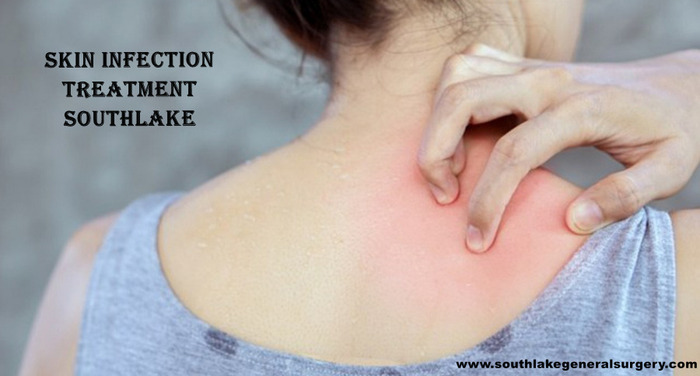Skin and soft-tissue infections (SSTIs) incorporate infections of skin, fascia, and muscle, subcutaneous tissue, including a broad spectrum of medical introductions, running from straightforward cellulitis to quickly dynamic necrotizing fasciitis.
Diagnosing the specific degree of the disease is critical for the effective administration of a patient of soft-tissue infection.
Classification of SSTIs
SSTI might be isolated into the accompanying classes:
- Uncomplicated SSTI
- Nonnecrotizing complicated SSTI
- Necrotizing fasciitis
Straightforward SSTIs incorporate shallow cellulitis, folliculitis, furunculosis, basic abscesses, and minor injury infections. These infections react well to either source control the executives (for example, waste or debridement) or a straightforward course of antibiotics. These infections pose a slight risk to life and appendage.
FDA-approved antibiotics for the cure and treatment of intense bacterial skin and skin structure contaminations incorporate oritavancin (Orbactiv), dalbavancin (Dalvance), and tedizolid (Sivextro). These components are active against S aureus (counting methicillin-vulnerable S aureus and MRSA] secludes), Streptococcus pyogenes, Streptococcus agalactiae, and Streptococcus anginosus gathering (incorporates Streptococcus anginosus, Streptococcus intermedius, and Streptococcus constellatus), among others. For complete medication data, including dosing, see the accompanying monographs:
- Oritavancin
- Dalbavancin
- Tedizolid
In addition to skin and soft tissue infections surgery, selected examination, anti-toxin treatment, or both might be demonstrated.
SSTI Treatment and Surgery
After legitimate positioning and anesthesia, incision and drainage are completed in an accompanying way.
A skin incision is formed with a surgical blade in the most noticeable and fluctuant part of the abscess. The heading of the incision should resemble the characteristic skin wrinkles quite far in order to forestall unattractive scars. If there is no conspicuous pus pointing or fluctuant region in the ulcer, the incision is made at the needy part of the abscess; however, a needy incision ought to be avoided if a tubercular pathology is suspected.
In areas where no significant neural or vascular structures are relied upon to be available, a strong cut that slices through the skin, subcutaneous tissue, and profound belt might be made to accomplish a section into the abscess cavity. In any case, in areas where significant neurovascular structures are available, just skin and subcutaneous tissue are etched. The abscess pit is entered by hinting a couple of gruff artery forceps or sinus forceps through a little opening in the profound fascia, at that point progressively opening the cutting edges.
When the cavity is entered, pus is seen expelling through the opening. Now, a pus swab might be sent for microbiologic examination whenever indicated. The abscess cavity is investigated, and an artery forceps with a cloth piece folded over its tip is utilized to separate all the loculi and channel all the pus pockets. A similar outcome might be accomplished with the surgeon’s gloved finger if the nearness of a foreign body in the cavity can be precluded.
The abscess cavity is flooded with saline solution to flush out all the pus, flotsam, and blood, at that point pressed with a bandage or surgical wipe to accomplish hemostasis. Following a couple of moments, the pressing is taken out, and any active bleeding focuses are closed up or ligated.
The utilization of wound pressing is dubious however isn’t likely important. Whenever used, pressing ought to be embedded freely. It is then secured with an absorbent spongy dressing that splashes exudate and blood.
Recovery after Surgery
The dressing is changed following 24 hours and again at regular intervals from that point until the injury is dry. When healthy granulation tissue is found in the pit and no new exudate or pus is noticeable, a basic dressing with a bandage is sufficient.
Appointment
For more information on Soft Skin Tissue Infection diagnosis, treatment, and surgery. Please contact our healthcare expert today and book an appointment at : +1(817) 748-0200. You can also book an online appointment with us.

